Using a toothbrush for oral hygiene will eliminate bacterial plaque efficiently and prevent major issues like tooth sensitivity, decay, and gum disease. For two minutes, carefully brush the teeth and the gum line, being sure to get every tooth. Maintaining good oral hygiene and preventing tooth decay involves changing a toothbrush every two to three months or whenever it looks worn out.
Difference between a manual and electrical toothbrush
An electric toothbrush provides features like enhanced plaque removal, pressure indications, and custom timers that encourage improved oral hygiene practices. Typically, the electric toothbrush heads are smaller than that of a manual toothbrush which is better equipped to clean every tooth separately. One of the key selling points of electric toothbrushes is the oscillating function to provide additional cleaning action. A manual toothbrush does not need a power source to work. People have different options based on their needs, like teeth whitening or periodontal disease. Manual toothbrushes come with hard or soft bristles, big or tiny toothbrush heads, and tongue scrapers.
Toothbrush bristle type and materials to consider
Those with sensitive teeth, gums, or healing from dental surgery should use soft bristles. As they remove germs, plaque, and food particles that cause decay, soft toothbrush is kind to the gums and tooth enamel. On the contrary hand, it may not entirely remove plaque; therefore, unless a person has gum disease, they should choose medium bristles. They are firm enough to clear plaque and food particles but not harsh enough to damage enamel. Next, hard toothbrush bristles might work to remove stains from dentures or partial teeth after eating or drinking. Water or toothpaste won't degrade nylon toothbrush bristles. A charcoal toothbrush has charcoal embedded in the bristles. Activated charcoal binds to acidic substances like coffee, tea, and wine to remove the stains they leave behind.
Toothbrush handle materials
A bamboo toothbrush with sustainably harvested handles has wooden handles. But molds are usually filled with plastic to make toothbrush handles. A plastic toothbrush is also simpler to sterilize. Aside from the color, the rubber may be molded into plastic to make it grip better.















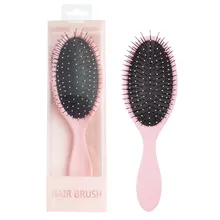




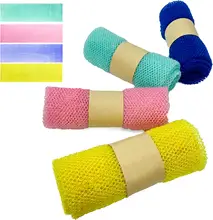



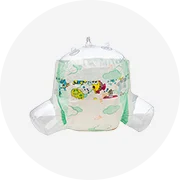

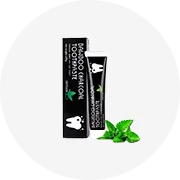
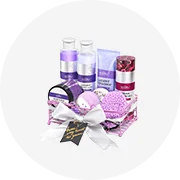
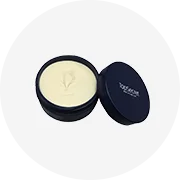
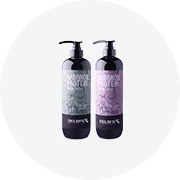
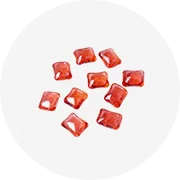
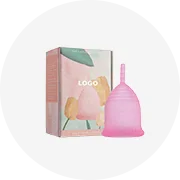
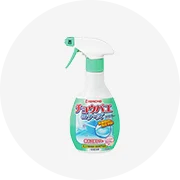
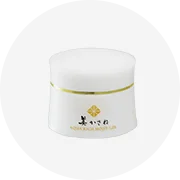
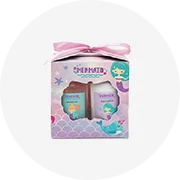
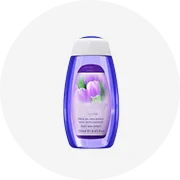
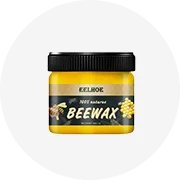
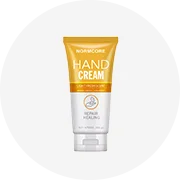
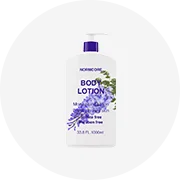








 浙公网安备 33010002000092号
浙公网安备 33010002000092号 浙B2-20120091-4
浙B2-20120091-4